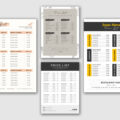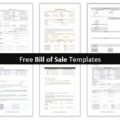Meetings play a very important role in any company’s progress and efficiency. Problem-solving is mostly done in these meetings where everyone is asked to discuss what issues they are having and the chair committee then rectifies these problems with their authority.
These meetings are held when there are important changes in company policies, the addition of new agendas in the corporation or even updates to the business i.e. merger or getting a new account. What’s more important than this meeting is taking a record of each of them. Commonly, taking a record of a meeting means making meeting minutes. This is usually done by a secretary who is responsible to be present during the meeting and note down everything discussed during the meeting.
What Information Qualifies as a Meeting Minute?
There can be a long discussion about what should be recorded during a meeting and how thorough the meeting minutes should be. As a secretary, are you supposed to note down even tiny details of the meeting i.e. joke someone made or an argument they had outside of the agenda of the meeting? There is practically no limit to what should be included in meeting minutes unless you clearly get instructions from the chair or director of the meeting.
It’s not a bad thing to ask someone what you are supposed to note down or what improvements the chair committee wants to make to your previous meeting minutes. In simple words, starting with meeting details i.e. time and date, go on to naming the participants and agendas discussed during the meeting, and end with decisions made during the meeting.
Free Meeting Minutes Templates
Here you can download these Free Meeting Minutes and Notes to help you out.
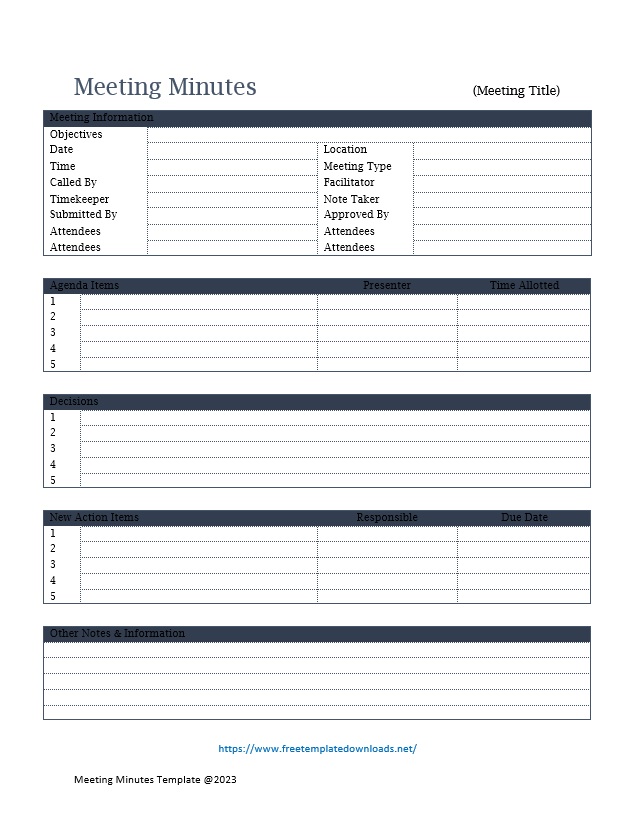

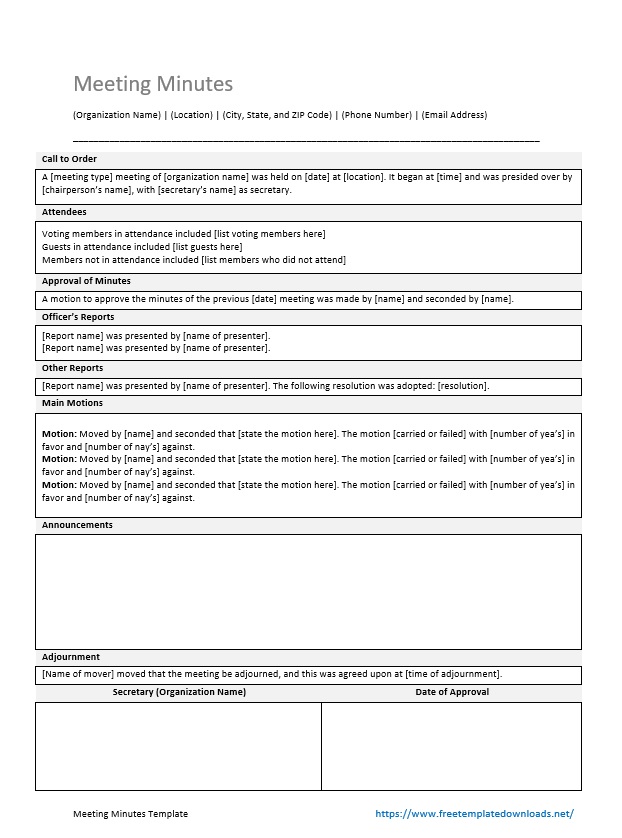
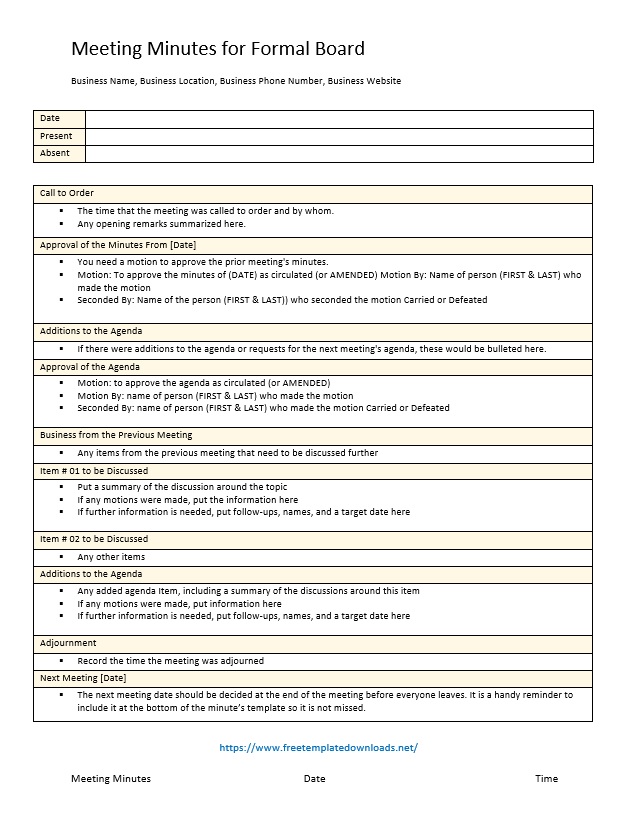
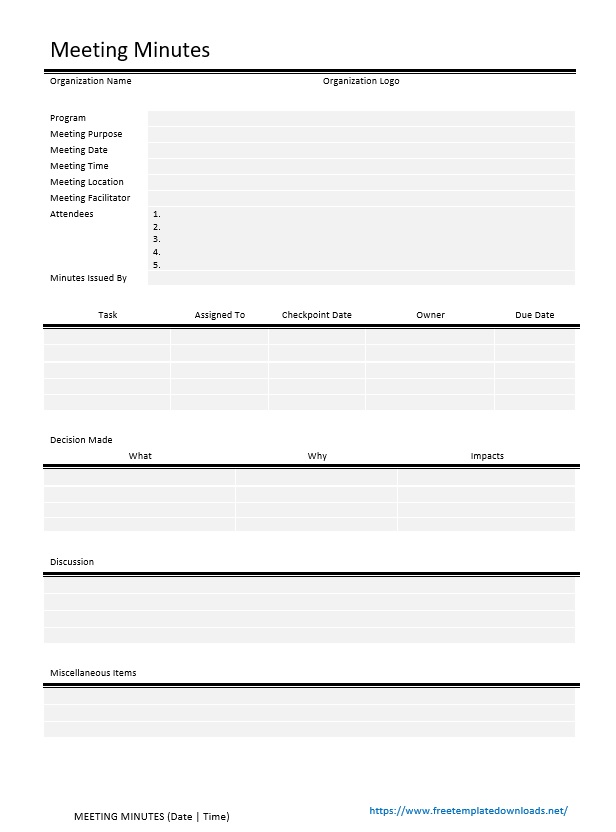
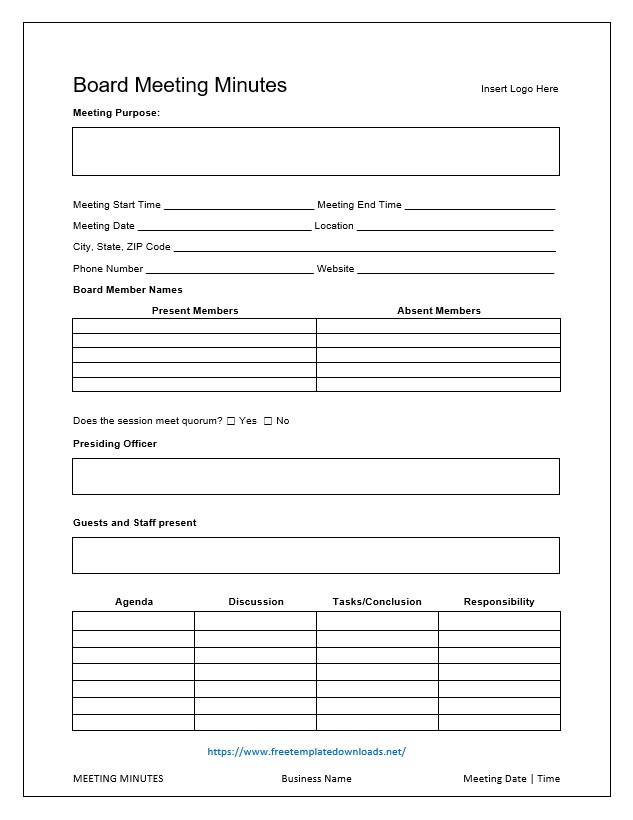
If you are looking for more, check out these free Meeting Minutes and Agenda Templates available to download immediately.
Tips on Effectively Writing Meeting Minutes:
Preparation Prior to the Meeting:
If you have done this before especially if you attended the last meeting, you should understand how it went and what information was distributed and shared in the meeting. This will allow you to make an outline of how the meeting will start, what you should write, and how much detail you need to note down. If this is the first time, there is still no need to panic but ask the chair of the meeting about how these meetings usually go, what information is discussed, and how deeply each detail should be recorded.
Here one thing is very important and that is how fast you can write because when it’s a meeting, no one is going to wait for you to note down the last speaker’s discussed points which means you have to come up with some sort of system to quickly note down the details same as shorthand writing.
Starting with a Full Record of the Meeting:
This is the part that will include full details of when this meeting was held, where it was organized, who chaired it, how many people participated in it along with their full names, what was the agenda of the meeting and most importantly, time and date of next meeting along with names of participants requested to be present at that time.
Actual Minutes Taking:
Let’s be honest that no one is going to care about the record of the meeting if you as a secretary failed to actually record the agendas discussed during the meeting or motions that took place in the meeting weren’t noted down. This means the crucial part of taking meeting minutes is actually taking meeting minutes.
Starting with amendments made to the agendas of the last meeting, corrections made to previously taken steps, a list of agenda of the current meeting, if a quorum was complete at the meeting, details of voting and outcome of voting as well, who voted in favor and who voted against the motion, steps taken during the meeting or decided to be taken before next meeting, new policies added in the list or changes made to previous ones, mutually agreed agendas of next meeting and last but not least, date and time of next meeting.

